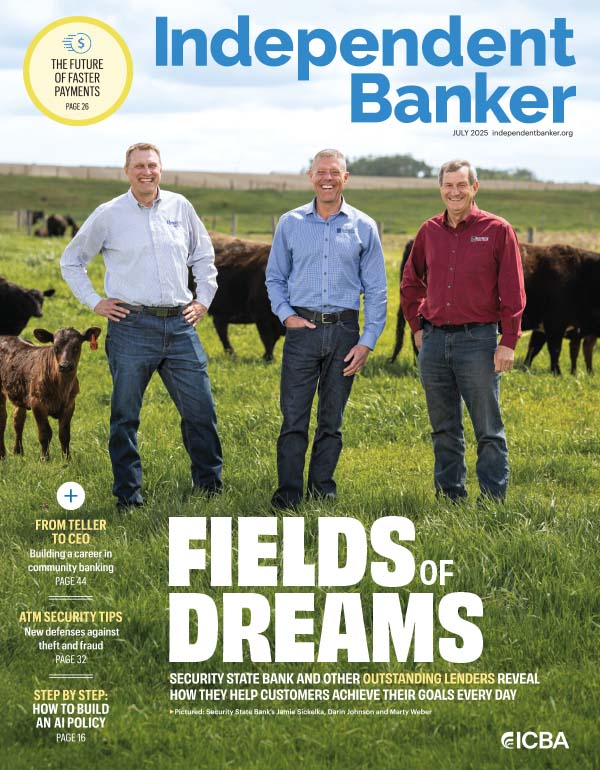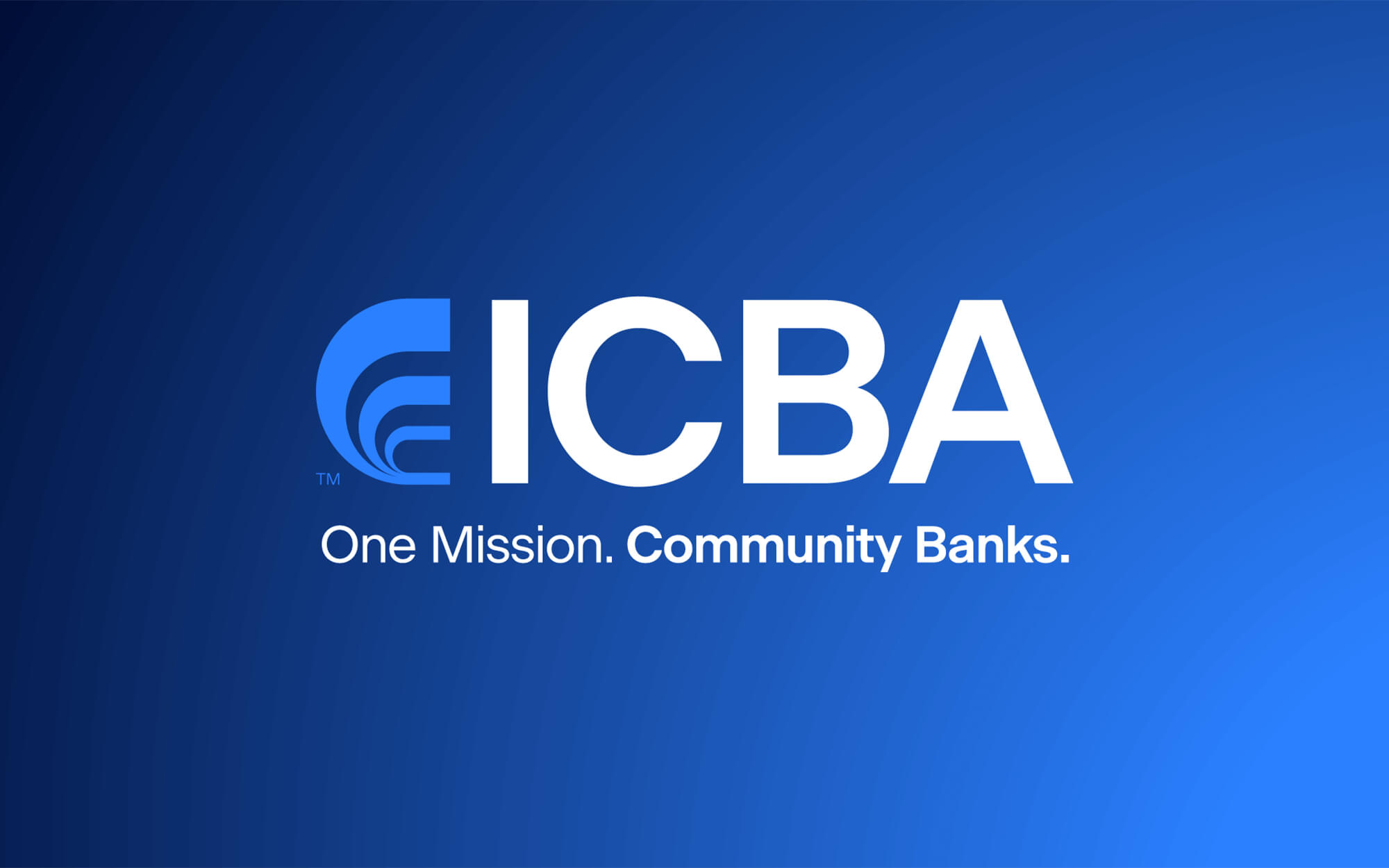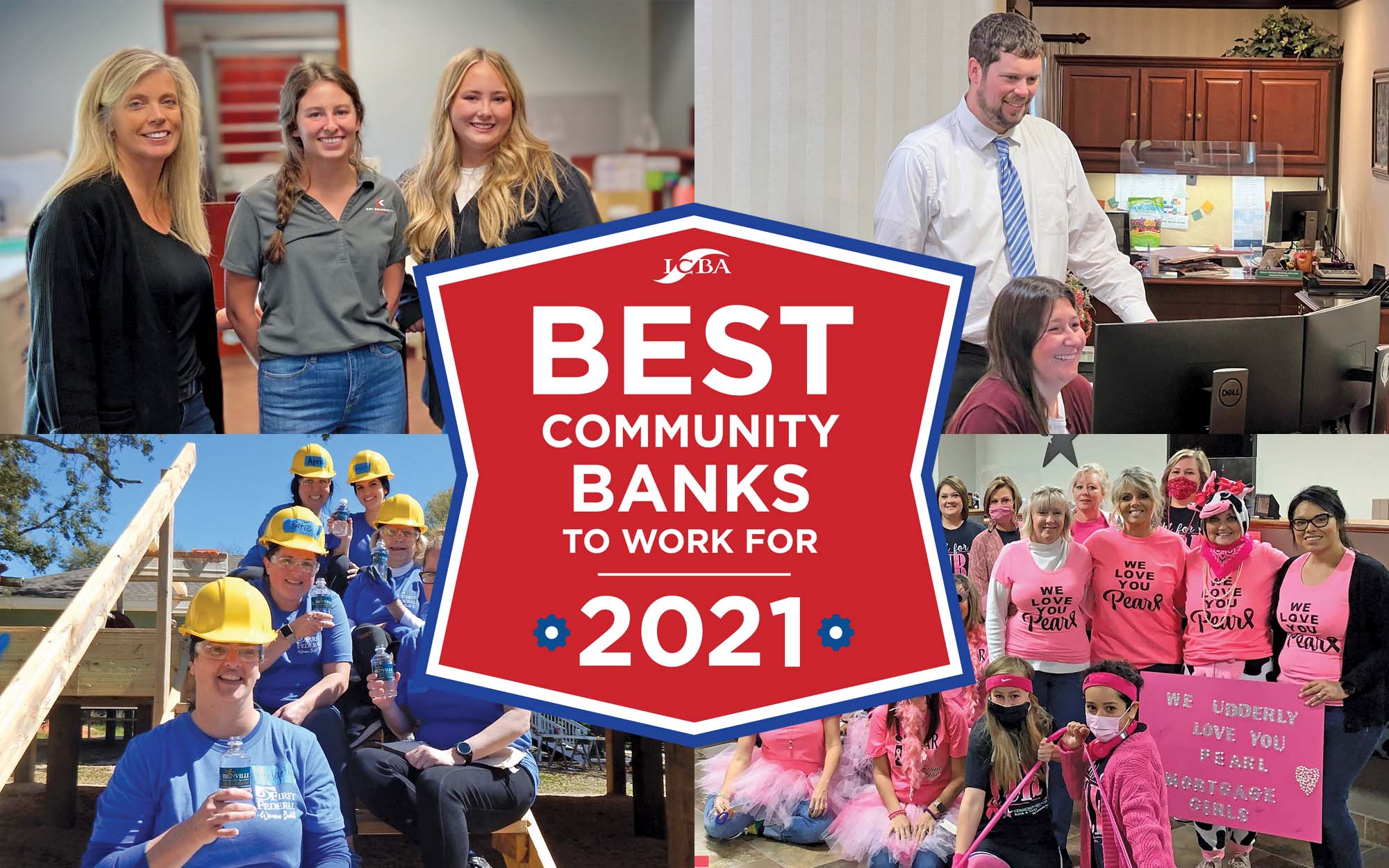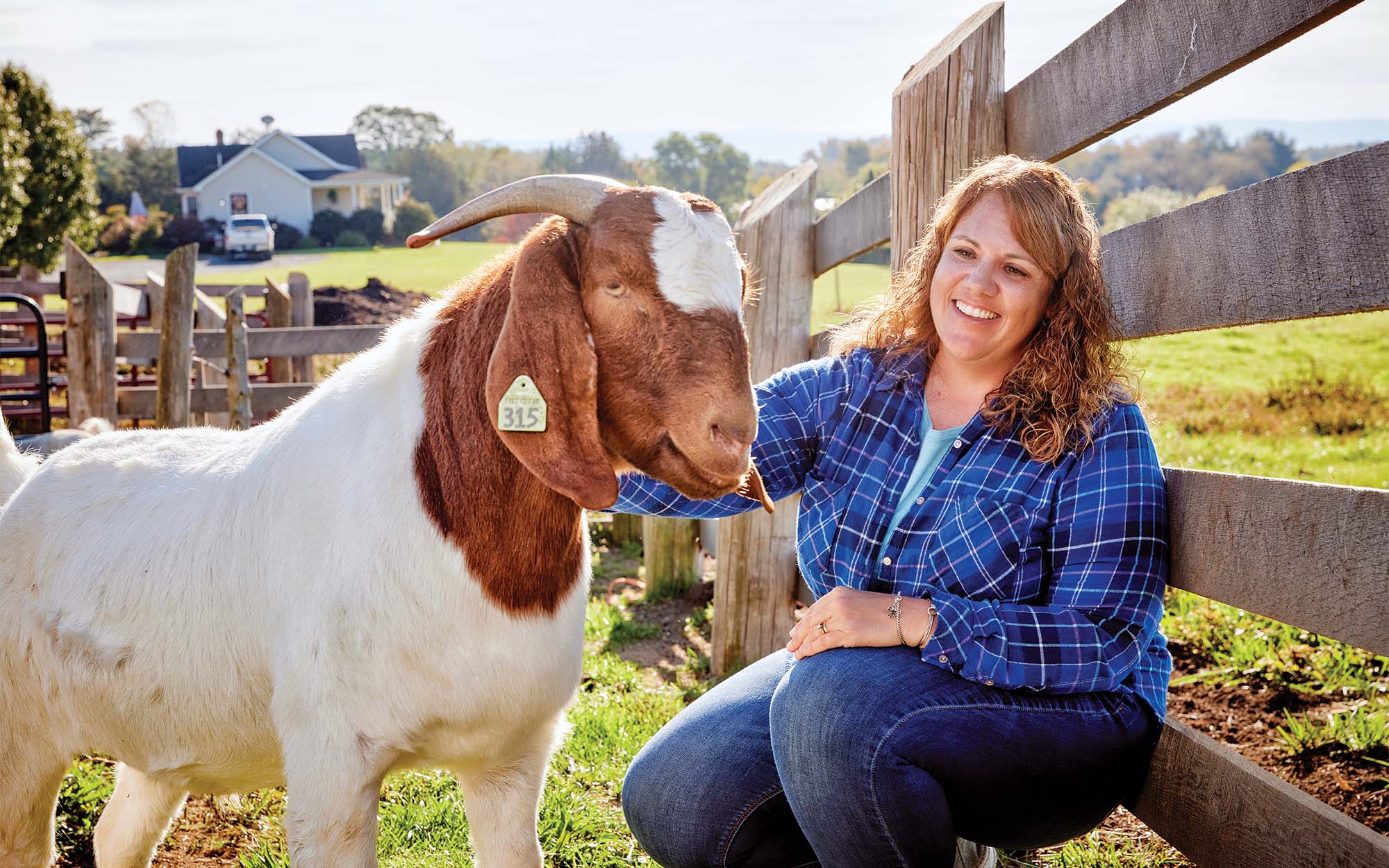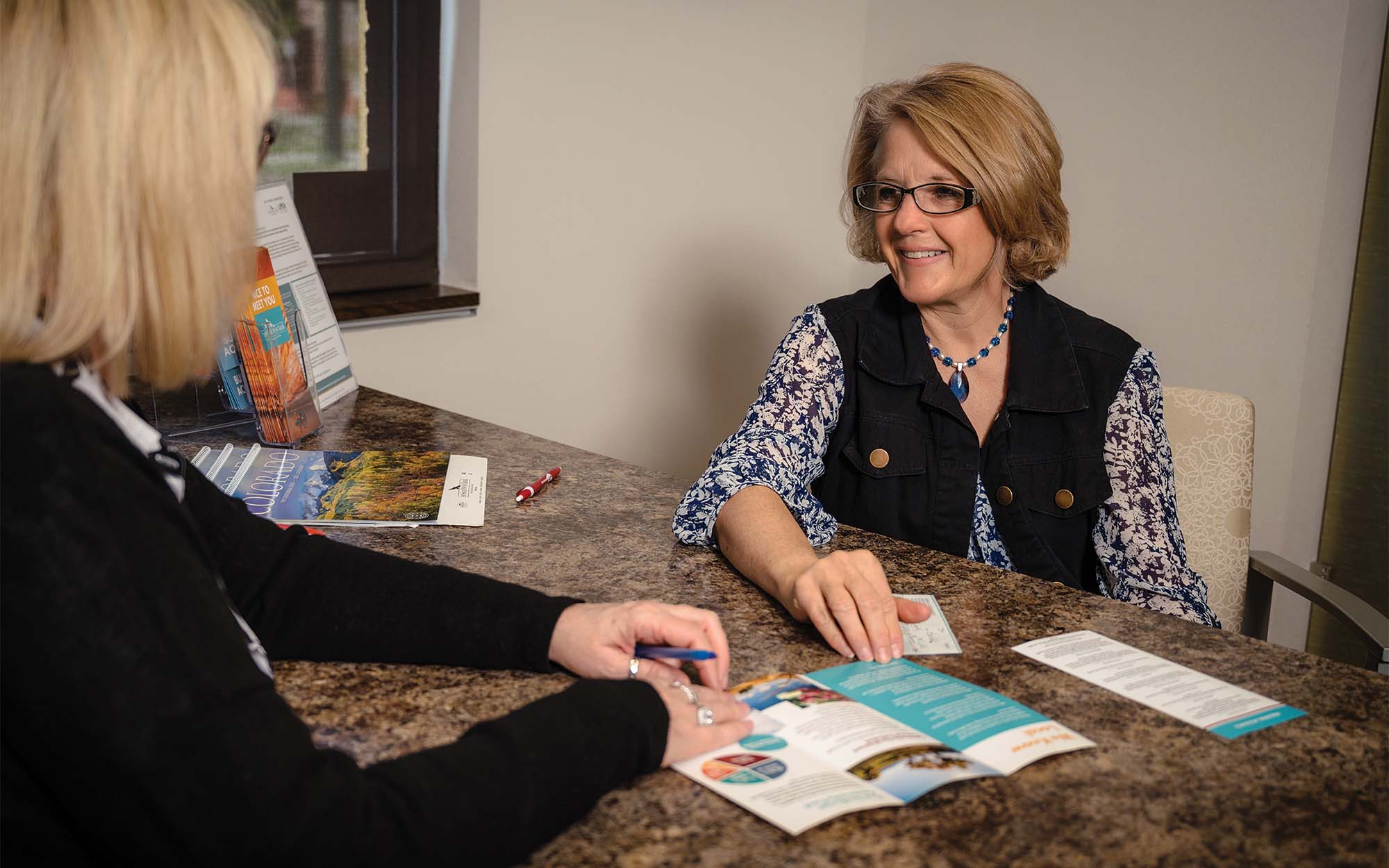Social media has made it easier for community banks to nurture connections with prospects, customers and the community.
What is paid social?
Paid social is paid advertising on social media platforms. Paid posts are distinguished by a “sponsored” or “promoted” tag and appear on the social feeds of targeted audiences. Paid social can also be a catch-all term for other paid advertising like Google Ads.
Community banks and businesses of all kinds often rely on an organic approach to social media, sharing content and engaging with followers on Facebook, Instagram, Twitter and others. Although posting organically is an authentic way to build customer relationships, it requires time and patience to reach marketing goals.
To harness the power of social media as an effective marketing tool, community banks should consider how paid social could amplify their digital reach.
In a nutshell, paid social can drive website traffic, promote engagement, boost brand recognition and generate leads for businesses of all kinds.
In its simplest form, it expands the reach of a community bank’s content. Anthony Englund, director of digital strategy at MSPC, the content marketing agency in St. Paul, Minn., that publishes Independent Banker, notes that paid social can make an impact. “Even a modest investment might expand a post’s reach and boost engagement,” he says.
“It’s pretty simple to set [a Facebook boost campaign] up. You can say, here’s my budget, here are the parameters, add your payment method and hit go.”—Vanessa Hanson, ICBA
Starting a campaign
Depending on a community bank’s in-house resources, however, creating a paid social campaign might feel daunting.
“A lot of community banks don’t have the luxury of having a social media person,” says Vanessa Hanson, ICBA’s director of digital and social engagement. “Sometimes, the marketing team is a one-person show.”
Budget is often an issue, too. So, to get started, Hanson recommends community banks try boosting a popular post on their Facebook page. “It’s pretty simple to set [a boost campaign] up,” she says. “You can say, here’s my budget, here are the parameters, add your payment method and hit go.” With a minimum spend of $1 per day, banks can choose a budget that makes sense for them.
Community banks can also create ads using Facebook Ads Manager to promote new products and services, an event or an educational seminar using advanced targeting. According to Englund, setting up an account is simple.
“Essentially, you’re writing a headline, you’re dragging and dropping an image, you’re copying and pasting a link,” he says.
How to measure success
Targeting the right audience is straightforward when the campaign objectives are clear. For example, if a community bank wants to promote products for first-time homebuyers, the ad creator would select audience characteristics to target. Parameters such as interests, age and gender help ensure the ad reaches the intended audience.
Community banks can monitor performance and fine-tune their ad as needed through a social platform’s analytics dashboard. However, depending on the campaign objective, return on investment (ROI) may not be clear cut. For example, a new customer may see a social ad and open an account or take out a loan in person after the campaign is over.
Combine paid social and search intent
That said, it is possible to measure the success of specific campaigns. Ben Pankonin, CEO of Social Assurance, a marketing firm in Lincoln, Neb., shares how one client could attribute 90% of its new online account openings to a multichannel ad campaign—in other words, a campaign that runs on two or more platforms.
That client targeted specific parameters like its servicing region, an essential consideration for community banks. But, as Pankonin says, “That’s just one [layer] of the onion.”
Using Google search intent data to uncover consumers in a community bank’s market who are preparing for a major purchase, expanding their family or searching for a new home enables that bank to optimize its paid advertising so it gets results.
“That’s where there’s a lot of magic for a community bank,” Pankonin says.
DIY vs. partnering
Paid social represents one component of a digital marketing strategy. Whether community banks opt to run a campaign themselves or use a vendor depends on several factors.
Pankonin offers a perspective on this question. “I would say, in general, what you have to be able to answer is, ‘Can I build it? Can I create an audience? Can I create the content that’s necessary? Can I be precise enough in my marketing that it doesn’t require a handshake to deliver this service?’” he says.
If your community bank’s resources are limited, or if building your brand is a key objective, Hanson suggests putting your available budget into the ad itself rather than partnering with a third-party vendor. Englund agrees. “If you have that capability in-house, or if you develop it through a series of trainings, that could be the way to go,” he says.
As community banks consider the best approach for their organization, Hanson says paid social has become instrumental to marketing. “With the algorithm changing all the time, Facebook has sent a clear message: If you want to get your content out in front of your customers … you’re going to have to pay to do it,” she adds.
Englund puts it this way: “It’s almost become table stakes for a lot of small businesses.”

